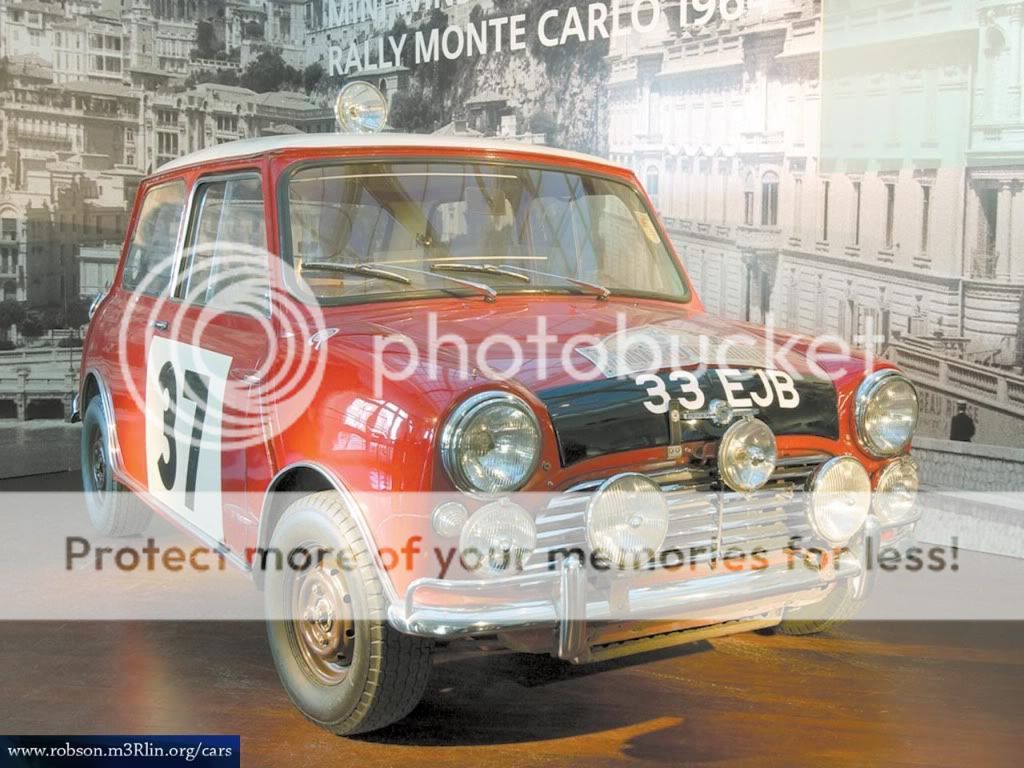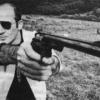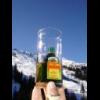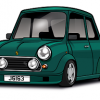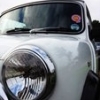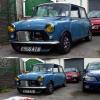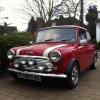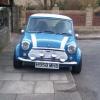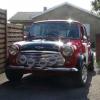A rally car must, more than anything else, be both strong & quiet. It is VERY expensive to build a rally car of any type.
The noise regulations are strict, so a twin box centre-exit system is needed.
The ride height needs to be raised slightly and the exhaust strengthened so that it can't break when it comes into contact with the ground.
For night events you need an up-rated alternator and a pair of proper big driving lights on a substantial mounting bracket.
A sump guard and oil cooler are an absolute must, as are competition brake pads (not EBC Green s**t).
Best wheel width is 4.5" with 165 section tyres.
Damping must be improved (SPAX, GAZ or similar).
Brake, fuel and battery lines must be run inside the car from back to front in accordance with the regulations.
A map light, navigator power sockets and navigation instrumentation is essential (e.g.: Brantz trip meter, twin clocks, stopwatch).
For historics a big reversing light is allowed, but for modern events only the standard reversing light is permitted.
Either remove or only use narrow wheel arch extensions as they can easily get knocked off in competition. With the 4.5" wheels no arch extensions are needed.
Remove all the sound-deadening under the trim panels & carpets. It is surprising how much that all weighs.
By the way, rally Minis did not have roof racks whilst on competitive sections. The roof racks were only fitted to the 'works' cars when the regulations made them necessary and they were removed before the quick sections. Roof racks knock a lot off the top speed and increase fuel consumption, neither of which is a good idea for rallying.
